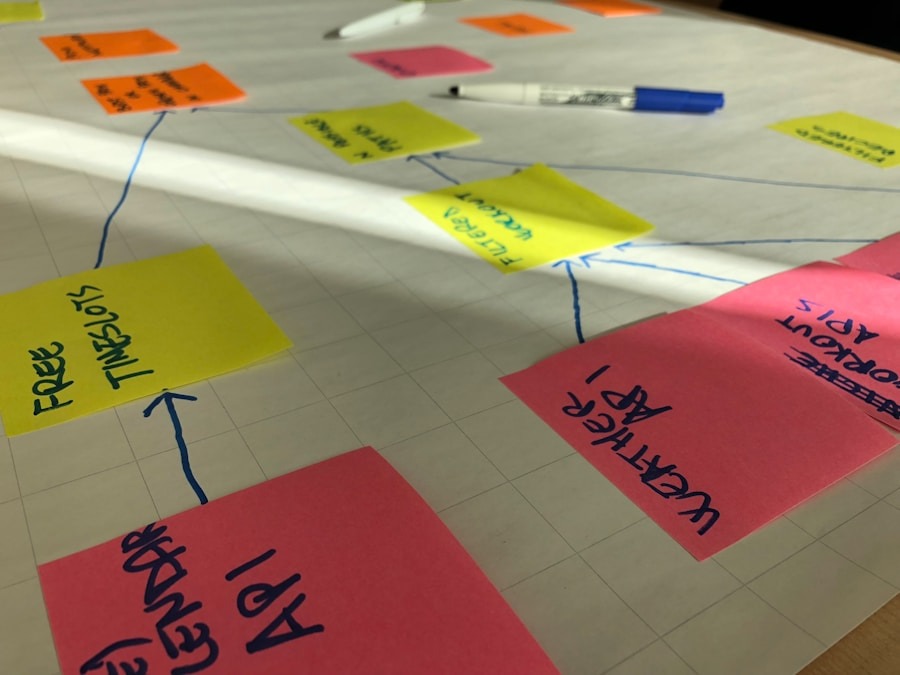In the realm of education, recognizing and understanding the diverse needs of learners is paramount. Each student comes with a unique set of experiences, backgrounds, and learning styles that shape their educational journey. For instance, some learners may thrive in a structured environment, while others may require more flexibility to explore concepts at their own pace.
This diversity necessitates a comprehensive approach to understanding not just the academic needs of students, but also their emotional and social requirements. Educators must engage in active listening and observation to discern these needs, which can often be revealed through informal interactions, surveys, or assessments. Moreover, understanding learners extends beyond mere academic performance; it encompasses their interests, motivations, and challenges.
For example, a student who struggles with reading may have a profound interest in science or technology. By tapping into these interests, educators can create a more engaging and relevant curriculum that resonates with students on a personal level. Additionally, cultural factors play a significant role in shaping how students perceive learning.
Educators must be culturally responsive, acknowledging and valuing the diverse backgrounds of their students to foster an inclusive learning environment. This understanding lays the groundwork for effective teaching strategies that cater to the varied needs of all learners.
Key Takeaways
- Understanding the needs of the learners is crucial for designing effective curriculum
- Clear learning objectives help in guiding the curriculum development process
- Incorporating differentiated instruction ensures that the needs of all learners are met
- Utilizing active learning strategies promotes engagement and retention of information
- Aligning with standards and assessments ensures that the curriculum meets educational requirements
Identifying Clear Learning Objectives
Establishing clear learning objectives is a critical step in the educational process. These objectives serve as a roadmap for both educators and students, outlining what is expected to be learned by the end of a lesson or unit. Clear objectives not only provide direction but also help in measuring student progress and success.
For instance, instead of a vague objective like “understand fractions,” a more precise objective would be “students will be able to add and subtract fractions with unlike denominators.” This specificity allows both teachers and students to focus on concrete outcomes. Furthermore, well-defined learning objectives should be aligned with broader educational standards and goals. They should reflect what students are expected to know and be able to do at various stages of their education.
For example, in a mathematics curriculum, objectives might include mastering basic operations, understanding geometric concepts, or applying mathematical reasoning to solve real-world problems. By clearly articulating these objectives, educators can ensure that their teaching is purposeful and that students are aware of what they are working towards. This clarity not only enhances student motivation but also fosters accountability in the learning process.
Incorporating Differentiated Instruction

Differentiated instruction is an essential strategy for addressing the varied learning needs within a classroom. This approach involves tailoring teaching methods and resources to accommodate different learning styles, readiness levels, and interests among students. For instance, in a mixed-ability classroom, a teacher might provide advanced learners with challenging projects that require critical thinking while offering additional support and scaffolding to those who need it.
This could involve using graphic organizers for visual learners or hands-on activities for kinesthetic learners to ensure that all students can engage with the material effectively.
For example, during a literature unit, students might be grouped based on their reading levels for guided reading sessions while also having the option to choose books that align with their interests for independent reading assignments.
This not only fosters a sense of ownership over their learning but also encourages collaboration among peers as they share insights from their chosen texts. By embracing differentiation, educators can create a more inclusive classroom environment where every student has the opportunity to succeed.
Utilizing Active Learning Strategies
Active learning strategies are pivotal in fostering student engagement and enhancing retention of knowledge. These strategies shift the focus from traditional lecture-based instruction to more interactive forms of learning that encourage students to participate actively in their education. Techniques such as group discussions, problem-solving activities, and hands-on experiments allow students to apply what they have learned in meaningful ways.
For instance, in a science class, rather than simply reading about chemical reactions, students might conduct experiments to observe these reactions firsthand, thereby deepening their understanding through experiential learning. Additionally, incorporating technology into active learning can further enhance student engagement. Tools such as interactive simulations or online collaborative platforms enable students to explore concepts dynamically and collaboratively.
For example, using virtual labs in chemistry allows students to manipulate variables and observe outcomes without the constraints of physical lab resources. This not only makes learning more accessible but also prepares students for real-world applications of their knowledge. By prioritizing active learning strategies, educators can cultivate critical thinking skills and foster a lifelong love for learning among their students.
Aligning with Standards and Assessments
Aligning curriculum with educational standards and assessments is crucial for ensuring that students meet expected learning outcomes. Standards provide a framework for what students should know and be able to do at each grade level, serving as benchmarks for educational quality. For instance, the Common Core State Standards outline specific competencies in mathematics and English language arts that guide curriculum development across various states.
By aligning lessons with these standards, educators can ensure that they are preparing students for future academic challenges and assessments. Moreover, assessments play a vital role in this alignment process. Formative assessments—such as quizzes, class discussions, or project-based evaluations—allow educators to gauge student understanding throughout the learning process.
Summative assessments, on the other hand, evaluate student learning at the end of an instructional period. By designing assessments that directly reflect the established standards and learning objectives, educators can provide meaningful feedback that informs instruction and supports student growth. This alignment not only enhances accountability but also ensures that all students are equipped with the necessary skills and knowledge to succeed academically.
Continuously Evaluating and Adapting the Curriculum

Refining the Curriculum through Feedback
This iterative process allows educators to refine their curriculum in response to the evolving needs of their learners. Incorporating feedback from students provides valuable insights into how well the curriculum resonates with them. Surveys or informal discussions can reveal what aspects of the curriculum are engaging or challenging for students.
Creating a Responsive Learning Environment
By actively seeking this feedback and being willing to make adjustments based on it, educators can create a more responsive learning environment that prioritizes student success. This commitment to ongoing evaluation and adaptation ensures that the curriculum remains dynamic and effective in meeting the diverse needs of all learners.
Staying Informed and Adapting to Best Practices
Furthermore, staying informed about current educational research and best practices enables educators to integrate new ideas and methodologies into their curriculum design continually. This commitment to ongoing evaluation and adaptation ensures that the curriculum remains dynamic and effective in meeting the diverse needs of all learners.























+ There are no comments
Add yours